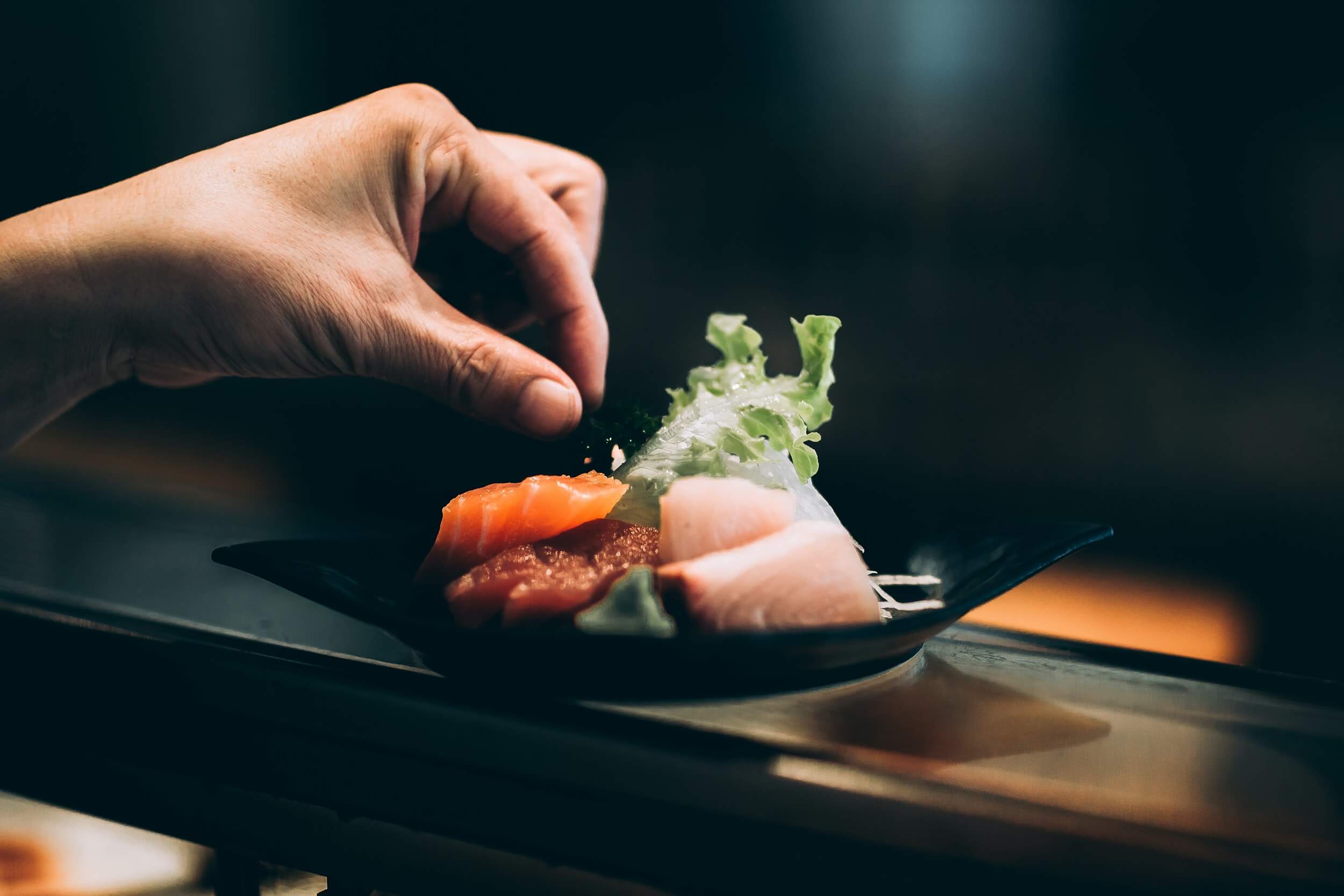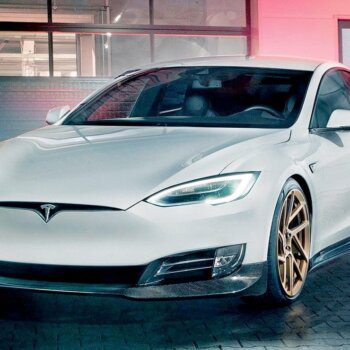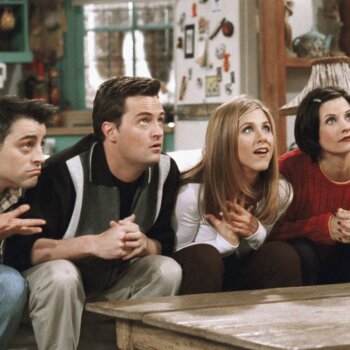Key Takeaway:
In the past decade dining out has become a cultural touchstone and an essential form of entertainment. Gastronomy tourism continues to rise each year as people travel the world to seek out new dining experiences. After World War II, big shifts in transportation led to the emergence of new types of restaurants. TV, then the internet, and now social media pushed the restaurant even farther with the rise of superstar chefs. The internet made it amazingly easy to discover new places and see what other people thought before setting foot in a restaurant. Food delivery will evolve from a small, rapidly growing market segment to the main way that people consume food. Dining restaurants will likely become more exclusive and high-end as they are forced to differentiate more on experience than food quality or price. Delivery could take away from grocery stores and home cooks. The emergence of delivery-only restaurants and ghost kitchens are a hint towards this future. A warehouse may contain many different “restaurants” or even the ability to request a specific dish.
Restaurants have been around for centuries, but in the past decade dining out has become a cultural touchstone and an essential form of entertainment. Going out to dinner with friends is no longer just something to do before a show; it is the show. We now have movies, TV channels, and podcasts about restaurants and eating. Chefs worldwide have become superstars, and even more chefs have become famous within their own cities. Gastronomy tourism continues to rise each year as people travel the world to seek out new dining experiences.

The rise of restaurants was not inevitable; it is the result of various unrelated forces coming together to propel dining to the cultural forefront. Transportation, food science, globalization, the internet, and social media all massively changed the restaurant business in their own ways. New types of restaurants emerged with each change: starting with mom-and-pop restaurants, to big chains and fast food, then a wave of superstar chefs were added to the mix, and recently big restaurant groups who run fine dining as a big business.
After World War II, two big shifts in transportation led to the emergence of new types of restaurants. The interstate freeway system and car culture in the United States made dining out more accessible to large swaths of people because they were no longer limited to their local neighborhoods. People could live in the suburbs, but still access restaurants within the cities. People started driving around the country, from city to city, and needed somewhere to eat. This led to the rise of chain restaurants which offered consistency and value to their customers. Suburban families knew what to expect and were happy not to waste a trip on a bad meal. Long-distance travelers were assured that even in a new city, they could find something familiar to eat.

Around this time, the jet airplane burst onto the scene and international travel became much more widespread. People were able to experience authentic dishes from different cultures instead of versions that had been Americanized to suit local tastes. Interestingly, this also helped push chain restaurants internationally, as less-adventurous travelers craved a taste from home.
As people in the United States started to develop a taste for international cuisines, the forces of globalization and free trade, along with advances in food science, made it possible to replicate dishes anywhere. International trade meant that chefs could now access ingredients from all over the world at reasonable prices. Food science advances helped keep ingredients fresh for longer, improve flavors and taste, and dramatically increase output per square acre. As a result, ethnic cuisines, using authentic ingredients, were available to the American consumer at home and in ethnic restaurants.
TV, then the internet, and now social media pushed the restaurant even farther with the rise of superstar (and local star) chefs. TV shows featuring top chefs began to play to big audiences, and entire networks devoted to food emerged. While the reach was far and wide, it was limited to a relatively small group of chefs. The internet and social media removed this limitation and allowed a much larger group of chefs to gain this massive exposure.

The internet also changed how people discovered restaurants and thought about where to eat. Reservations became as simple as point and click. Passionate foodies could find other people with discriminating taste and also provide recommendations. Experts were pushed aside as everyone became a food critic as reviews flourished. Foot traffic and powerful brand names were now not the only way people were discovering new restaurants.
Discovering new and exciting restaurants was amplified as social media became widespread. Smaller restaurants have limited seats, so the exclusivity made it appealing on social media as a status symbol. Artistic chefs figured out creative ways to manipulate food that offer unique presentation and unexpected textures, smells, and tastes. The look of the dishes mattered for the picture, and taste mattered for the caption that is blasted out to their followers. It became amazingly easy to discover new places and see what other people thought before setting a foot in the restaurant.
It is not just the high-end restaurants that flourished during this period. A low barrier to entry, intense competition, and tight feedback loops from customers meant that chefs could constantly be testing new ideas and trying new cuisines. The good restaurants would survive and grow, with word-of-mouth recommendations spreading through these new forms of communication. No longer was the success of a restaurant based on the tastes of people in the neighborhood. Restaurants didn’t have to appeal to the least common denominator; they could thrive even if their appeal was just for niche tastes.

Restaurant sales increased steadily each year along with cultural relevance. Younger generations craved experiences and restaurants were front and center. And then, in the spring of 2020, COVID-19 set into motion a series of events that will change the restaurant industry forever.
Where we are now.
By the winter of 2020, restaurants were flourishing culturally but remained one of the toughest businesses to operate successfully. Low margins and high competition meant that there was constant turnover within the industry. A relatively low barrier to entry and the prestige of owning a restaurant meant that there was no shortage of new restaurants opening. Beyond the big chains, most restaurants operate independently which led to a very fractured industry. All of this contributed to the fact that the restaurant industry was slow to adopt new technology. The pandemic served as a forcing function; restaurants were forced to use new technology in order to survive, and these changes will help shape the industry for years to come.
Restaurant owners have always been notoriously slow to embrace new technologies and particularly the internet. Unlike other industries, the early internet didn’t seem to offer any breakthroughs that would upend existing restaurant business models. Digitizing point-of-sale ordering systems allowed for improvements in the back offices, but very little changed for the actual dining experience.
However, the internet did lead to several consumer products that impacted restaurants, but often to the consternation of restaurant owners. Online services for customer reservations and reviews influenced the restaurant industry, but did not change much about how people ate at restaurants. It was not until the delivery apps came along that new technologies changed the experience.

Online reservation systems came first: customers loved point-and-click reservations, but restaurants struggled to accept them. The systems claimed to drive new customers to book tables, but restaurant owners were skeptical and frustrated that they were paying for their own customers. In the end, the convenience for customers was overpowering and restaurants were forced to adopt this new technology.
Next was a wave of websites that offered basic information about restaurants, like finding restaurants on a map or their hours of operation. Users also provided their own information, sharing photos along with ratings and reviews. People were more likely to leave a review after a bad experience than a good one, and restaurant owners quickly became frustrated by bad reviews from finicky customers. The owners fought back by offering deals to customers for good reviews, and soon users began to lose trust.

Restaurant owners often despised these platforms. Due to their large network effects the platforms grew quite powerful, but over time they faced very little competition and remained static. Users started to trust reviews less and less because taste is subjective and it’s hard to know who to trust. Discerning customers began turning to food blogs and social media for high-quality restaurant recommendations, but the big platforms remained the default choice for most consumers who weren’t aware of other options.
Finally came a wave of disruptive technology: delivery apps. Food delivery existed before the apps but was often limited to certain niches, like pizza delivery. Due to the growing “gig economy”, these delivery apps were able to provide a logistics network to any restaurant that wanted to offer delivery. Unlike the previous internet consumer products, these apps started to change the consumer experience. The dining venue moved from the restaurant to wherever the customer happened to be. Restaurants were no longer limited on table space; they could serve more people every night. However, these delivery apps had some major issues that slowed adoption: high costs for restaurants and customers, training and management of new technology, and added layers of complications to existing operations.

The COVID-19 pandemic was a catalyst for major changes in the restaurant industry that will continue to play out for years to come. In order to survive, restaurants had to quickly adopt new technology focused on take-out and delivery. Reliable websites with menus and social media accounts where they could make announcements became the bare minimum. Connecting existing systems to new delivery apps became critical, and a wave of new restaurant infrastructure companies proliferated. Even high-end, expensive restaurants experimented with takeout and delivery options. Selling these technology systems into a fractured industry changed overnight from one-by-one sales to a rush of inbound demand.
Not all the new technology was good for restaurants. It often made operations more complicated, especially when restaurants reopened. However, this cataclysmic event served as an entry point for new technology that allowed restaurants to modernize and connect to the world. The owners and managers that survived the crisis began to understand the value technology could provide, even if they were initially overwhelmed.
Almost three years past the first wave of shutdowns, restaurant dining has exploded. Sales at restaurants bounced back aggressively by early 2021, slightly above the pre-COVID trendline. This anomaly was not simply pent-up demand. By the end of 2022, sales have continued to rise at an increasing rate. We are now more than 20% above the trendline (sales are approximately $20bn above trend).
While most of these sales are still in-restaurant dining, delivery has become an essential aspect of the dining experience, particularly for younger consumers. Millennials are the biggest segment using delivery apps, but Gen Z now has the highest growth rate and is quickly catching up. COVID expanded the availability of delivery, has made it more acceptable, and for many young people it is a status symbol.

Societal trends and technological advances have continuously shaped the restaurant industry over the past century and continue to do so today. The pandemic sparked a change that forced restaurants to finally embrace the internet. These changes have been painful, frustrating, and difficult for the restaurateurs. But, this new technology will allow the restaurant industry to dramatically grow their market share and change the way that people consume food.
What the future holds.
Restaurant delivery and food delivery apps emerged long before COVID, but we will look back to this period as the inflection point. For many people, it is hard to imagine a future where almost every meal is prepared by a restaurant. Many of the concerns about delivery that are relevant today (high cost and unhealthy food) will be resolved as technology improves and enables new solutions. These changes will have far reaching effects beyond just the restaurant industry and might even seem shocking to us today. Food delivery will quickly evolve from a small, rapidly growing market segment to the main way that people consume food.
For some people, this future is already here. Busy people with disposable incomes have realized that ordering food can save time and provide healthier options than preparing meals at home. While the cost of a delivered meal is significantly higher than what they can cook at home, the time it takes to order delivery is a fraction of what it takes to cook for themselves. Their equivalent hourly pay more than offsets the added costs for a delivered meal, and provides more family and leisure time. Although restaurants don’t always have healthy food, delivery can provide a healthier option if the alternative is pre-packaged food or frozen dinners. Right now, this idea of ordering nearly every meal is cost prohibitive and limited to wealthy people in big cities. But a dramatic decrease in costs could open up delivery to a massive new demographic, saving people both time and money.
The proliferation of delivery will certainly cannibalize some of the dining out market. However, it will dramatically expand the overall restaurant market share by taking away from grocery stores and home cooks. In fact, in the not-so-distant future, it is likely that some houses will start to be built without kitchens at all. Dining restaurants will likely become more exclusive and high-end as they are forced to differentiate more on experience than food quality or price.
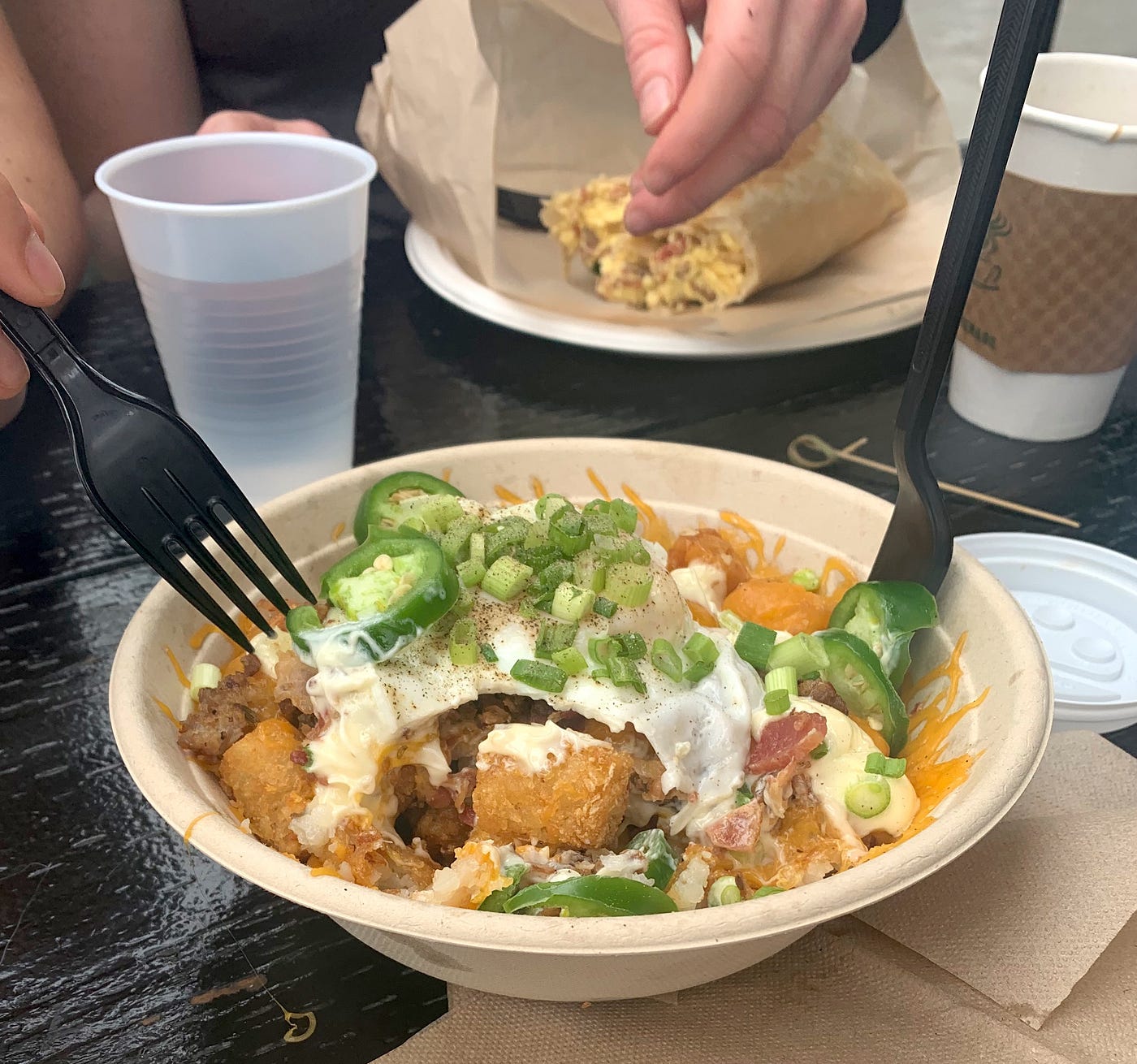
The emergence of delivery-only restaurants and ghost kitchens are a hint towards this future. These restaurants and kitchens exist in sort of a hybrid model between what exists today and what will happen in the future. Delivery-only restaurants will be massive warehouses located in cheap areas around or just outside of cities. A warehouse may contain many different “restaurants” or even the ability to request a specific dish.
Economies of scale will mean that the raw cost of ingredients are cheaper, with additional savings from shared labor pools and space. Deliveries can be made more efficiently. Instead of one meal per car, deliveries will be made along a customized route using large vans with specialized equipment to keep food hot. Ordering in advance will make these routes even more cost efficient, while drone food delivery will eventually work for one off or urgent deliveries.
These warehouses will also provide access to healthier food for people who live in food deserts and might not have many options. The cost to assemble a salad at one of these facilities will fall with increased automation along with the scaled pricing of fruits and vegetables. Increased route efficiencies means that deliveries will be able to reach a very wide radius.
Consumer technology products will need to evolve to support this new world. Discovery becomes critical as consumer choice becomes nearly limitless. Taste is so subjective that personalization will be required to make sure that users find what they are looking for in a sea of endless options. Putting the right suggestions in front of consumers at the right time will help them save time and increase their overall satisfaction.
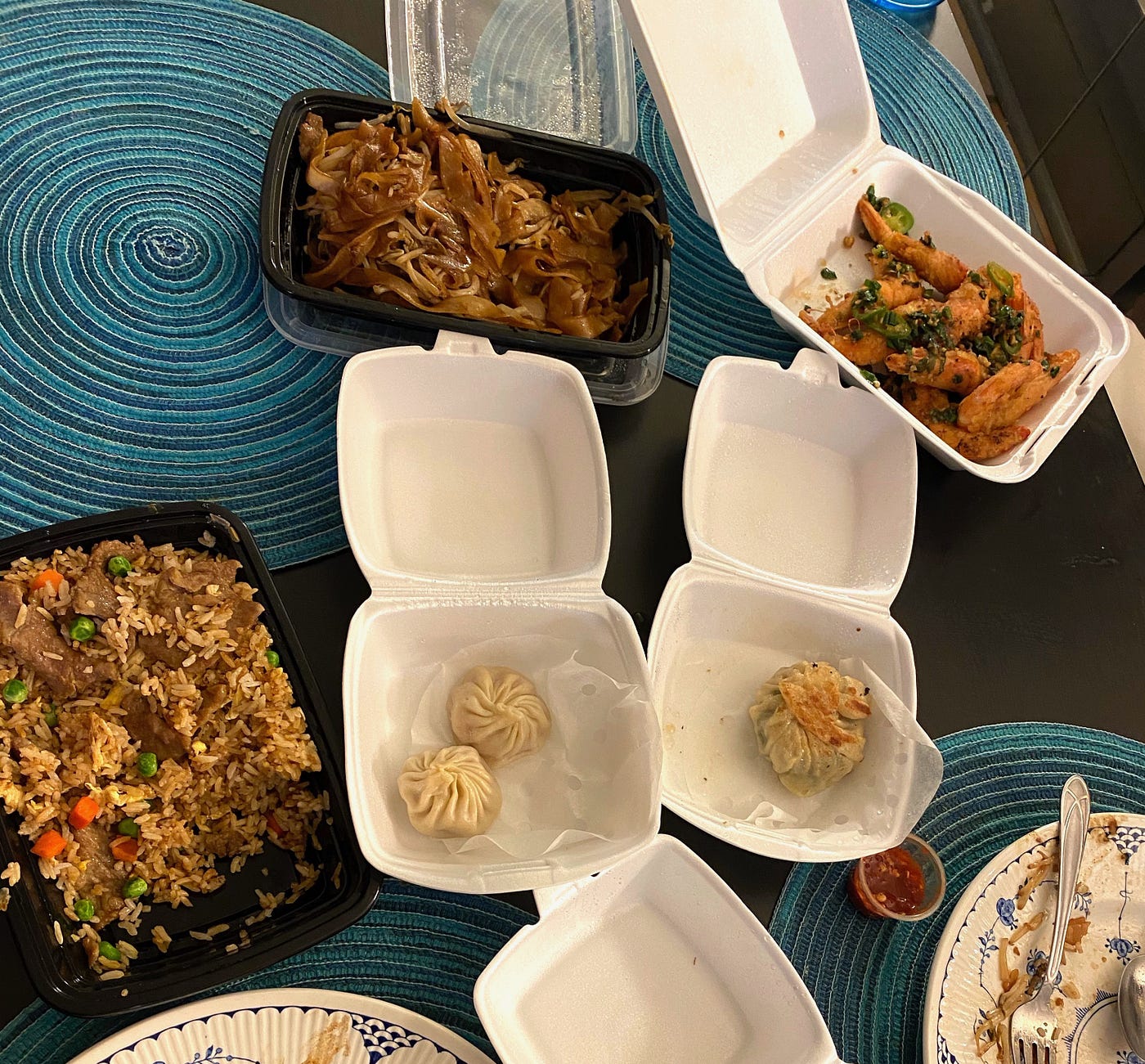
Imagine this world. At night, you and your family browse suggestions for where to order lunch the next day. Your lunch is delivered to your office and your kids’ lunches are delivered to their school. Before you leave work, your partner sends the group a restaurant link and you see a list of suggested dishes to order based on your personalized tastes. Everyone adds their own dishes and dinner arrives home when you do. Friday night, you plan to go to dinner and a show with your partner, so the kids are given a couple of suggestions for where to order on their own. Your dinner at the restaurant was tasty, the show was great, and the kids loved their meal at home.
The future can sound dystopian as we mourn the loss of cooking a meal at home, eating out at a casual restaurant. But specialization allows people to spend their time doing what they truly love. The dining experience will be transformed by these technological advances and deliver cooking by professional chefs available to the mass market consumer. The restaurant industry will grow as delivery replaces food prepared at home and high-end restaurants thrive as dining out remains an essential cultural experience for people around the world.
